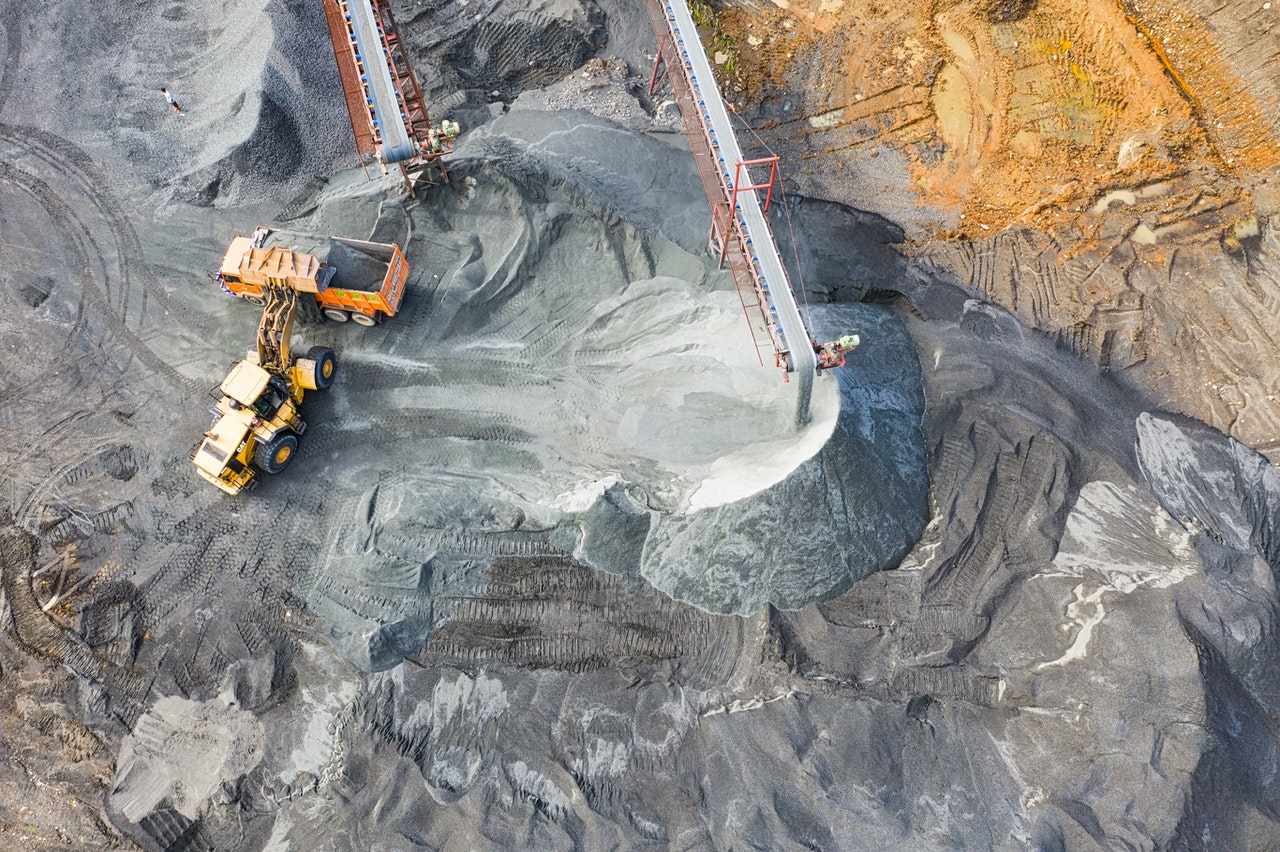The two-week-long UN Climate Change Conference (COP26) concluded with the negotiated terms detailed in the Glasgow Climate Pact. According to the International Energy Agency (IEA), in the most optimistic scenario where all the announced pledges are achieved, global mean temperature rise can be limited to 1.8°C by 2100. Even if complete implementation may be unlikely, in terms of ambition and ratcheting, COP26 has made progress, albeit incremental.
On the other hand, developed countries refused to support the creation of the ‘Glasgow Loss and Damage Facility’, which was meant to help vulnerable countries, and rejected new climate finance promises. Developing countries had estimated climate finance requirements at USD 1.3 trillion annually, up to 2030, of which half would be for adaptation, but none of these details made it to the final draft of the Pact. The developed world, even decades after becoming so, has still not phased out fossil fuels, which include coal, oil, and natural gas. Against this backdrop, the criticism around India’s role in the text change from coal ‘phase out’ to ‘phase down’ in the final COP26 declaration is much ado about nothing. They distract us from the failures of historical emitters.

